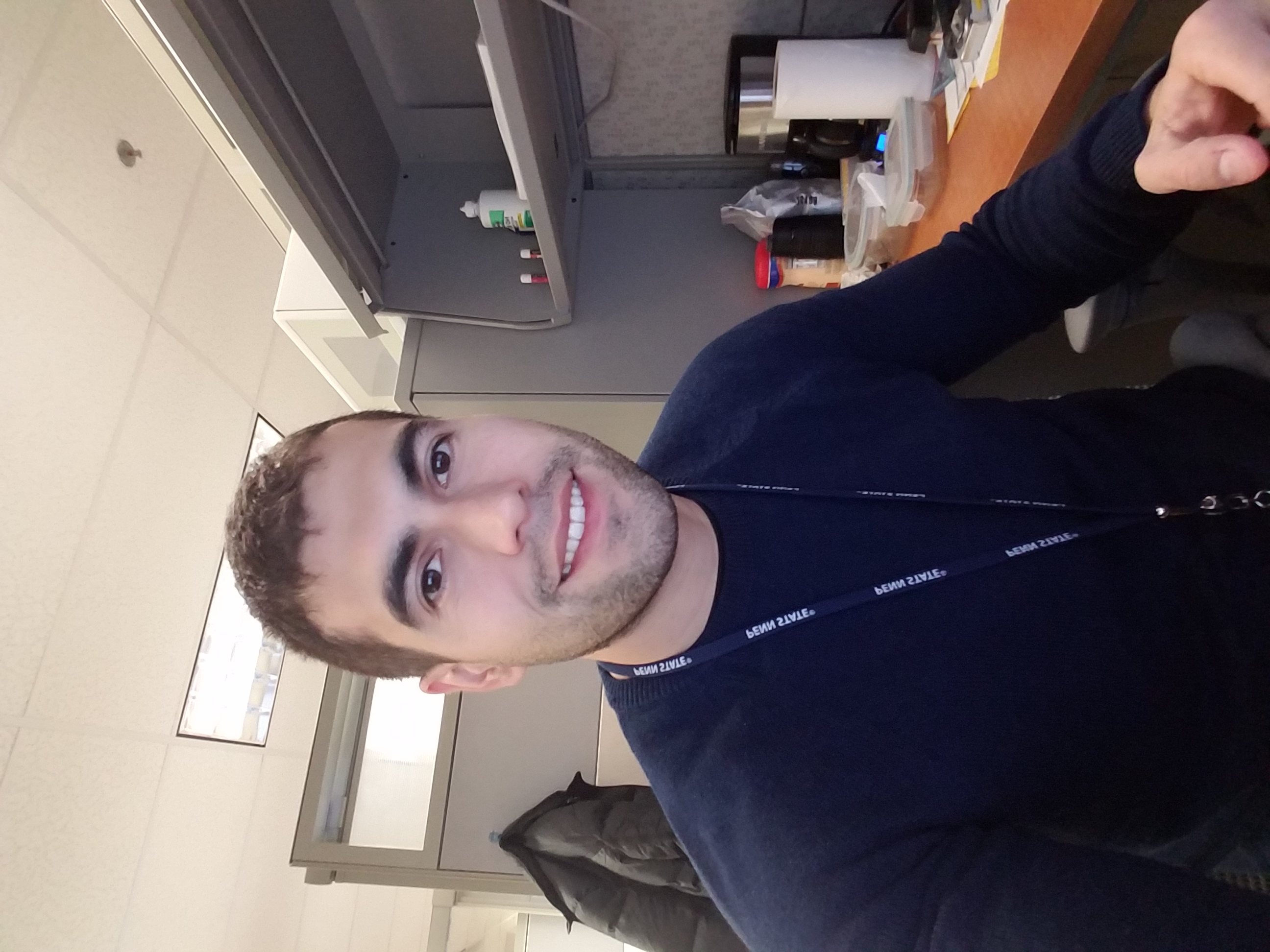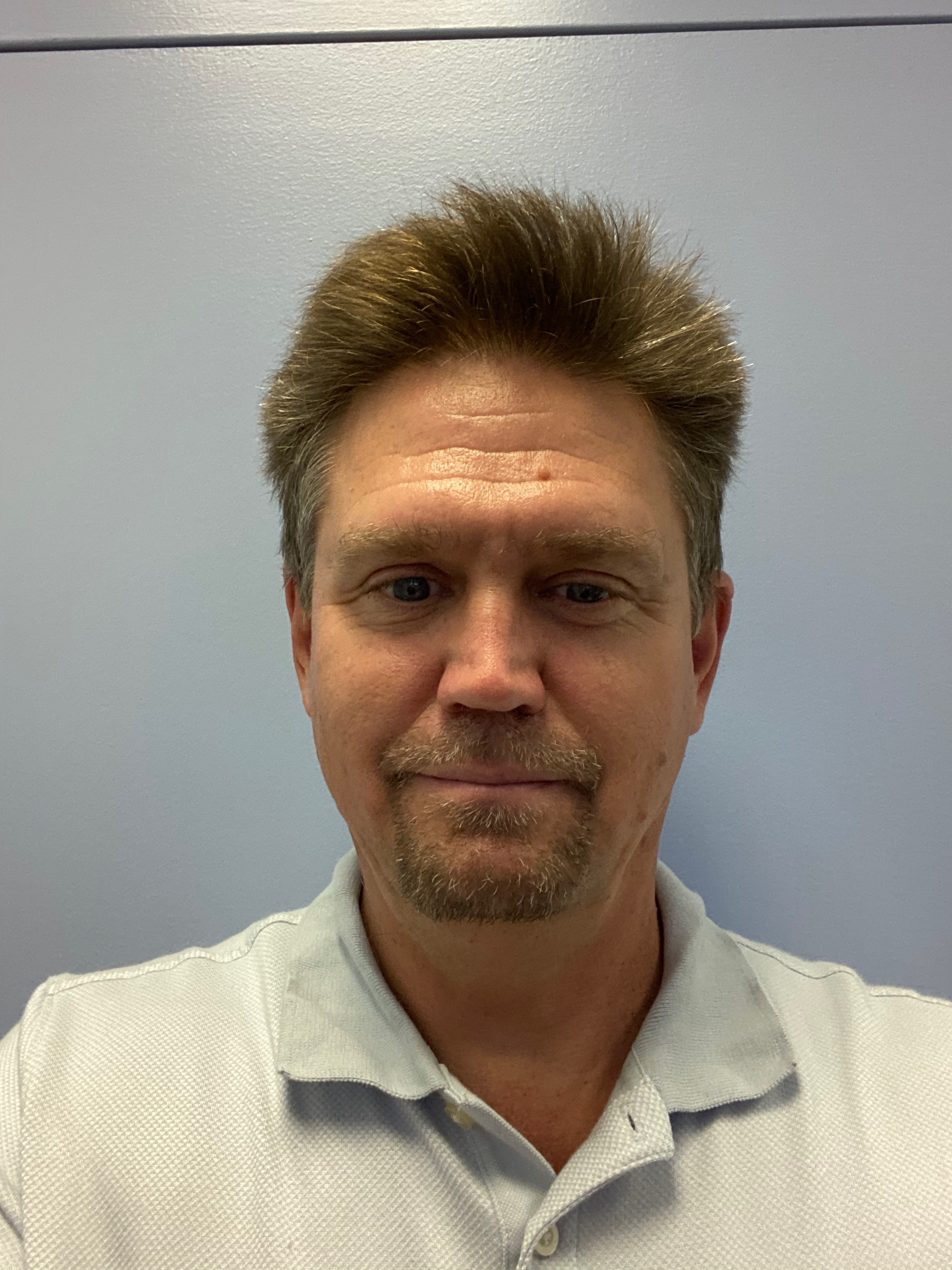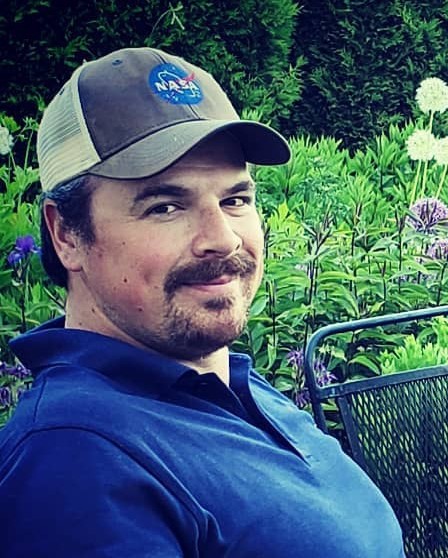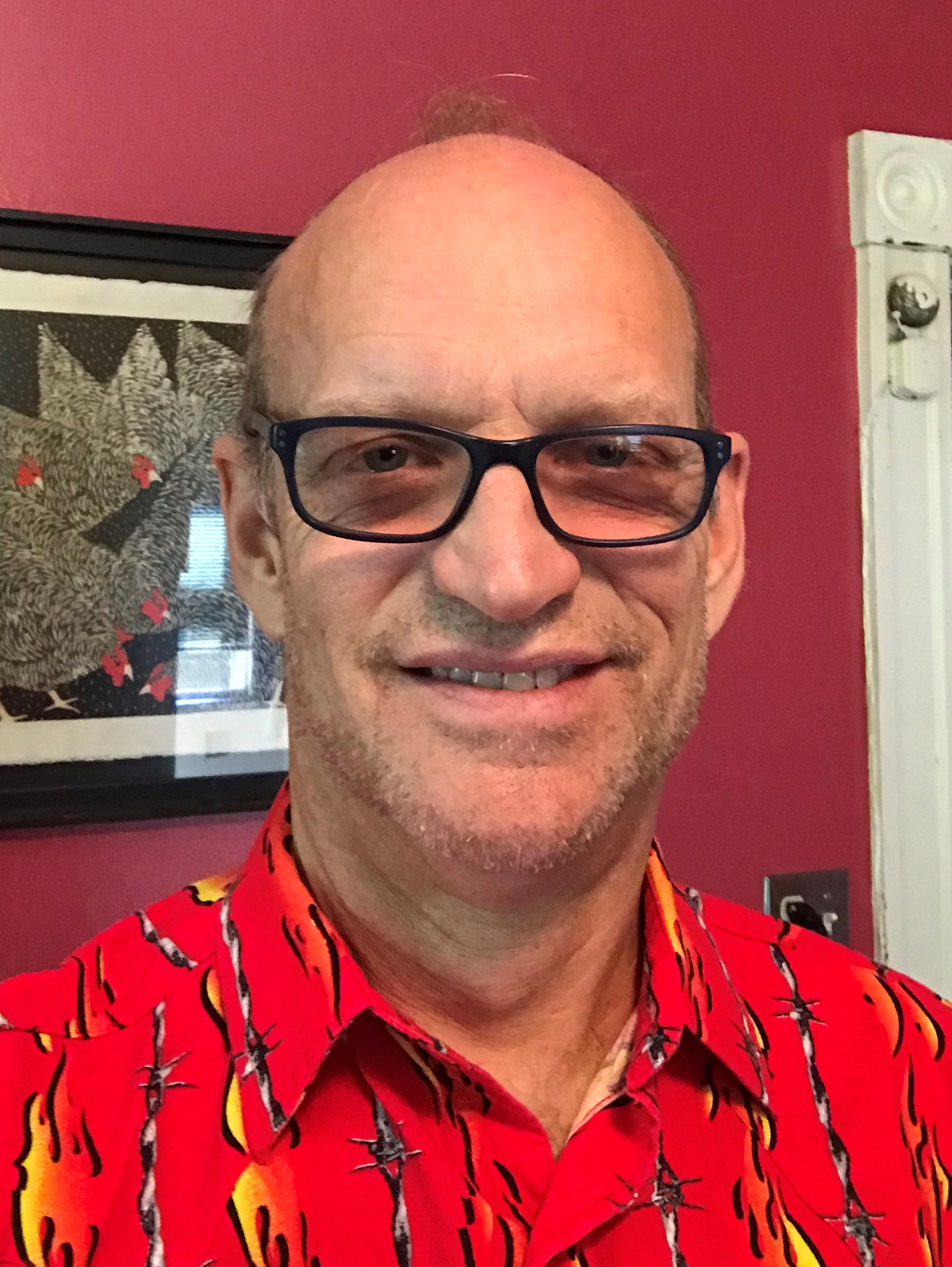




Eric Gorman, Code 592
Marcello Rodriguez, Code 592
Brian Clemons, Code 592
Joe Knuble, Code 592
Jim Lobell, Code 599
Systems Engineering Seminar
PACE OCI Systems Engineering Lessons Learned Through CDR and End-To-End Testing





Eric Gorman, Code 592
Marcello Rodriguez, Code 592
Brian Clemons, Code 592
Joe Knuble, Code 592
Jim Lobell, Code 599
Tuesday, October 6, 2020 Abstract:
The OCI systems engineering will be presenting pragmatic lessons learned in instrument systems engineering from Pre-Phase A through CDR and ETU ETE Testing.
Included in the discussion are key lessons in design to cost project/technical management, how to decompose highly integrated systems, managing over-constrained
systems, and TRL challenges when working without a PI.
Biographies: Mr. Gorman joined NASA in 2006 as an intern at Swales Aerospace. He earned his Bachelors of Science in Aerospace Engineering from the University of Maryland in 2007 and began working
full time in the Structures and Mechanics group for Orbital Sciences. During this time he supported many projects including Express Logistics Carrier, Hubble SM4, & the Lunar Reconnaissance
Orbiter. Transitioning to a civil servant at GSFC in 2009, Mr. Gorman worked in the GNC components and hardware branch supporting many projects including Global Precipitation Measurement
and the Magnetosphereic Multiscale Mission. Mr. Gorman began his systems engineering experience with hands on CubeSat and Balloon mission/hardware development as well as ISS payload
proposal development. In 2013 Mr. Gorman joined the ICESaT-2 ATLAS team as the laser systems engineer. In 2015 Eric joined the PACE OCI mission and serves as the lead instrument systems engineer. Mr. Rodriguez started full time at NASA GSFC in 2007 after completing his Bachelor Degree in Aerospace Engineering from Penn State University in 2006. He began his career working on
the LRO mission up through its launch in 2009. In 2010, through the SECP program, Mr Rodriguez began providing systems support on a Heliophysics Explorer Proposal and mission operations
and data analysis on a SmallSat Flight Instrument. Mr Rodriguez continued supporting the Heliophysics Division through 2016 on numerous IRAD funded projects, proof of concept testing, lab
managing, proposal work, and as a systems and test engineer on multiple concept-to-flight projects including, a X-Ray Telescope Balloon mission and two separate CubeSat Ion and Neutral Mass
Spectrometers. During this time, Mr Rodriguez obtained his Masters in Applied Physics from John Hopkins University in 2013. In 2016, through the SEED program, Marcello worked on the WFIRST
mission as a payload systems engineer, and in 2017 joined the PACE/OCI systems engineering team working as the V&V Lead. Mr. Clemons joined NASA GSFC as a civil servant in 1988 after graduating with a Bachelor Degree in Electrical Engineering from the University of Maryland. He began his career working
for the Information Processing Division where he designed, built, tested, and managed the integration and operations of Level Zero Processing Systems for the Sensor Data Processing
Facility (SDPF). These systems provided the Ground System Processing for instruments such as HST, XTE, SWAS, TRMM, and SOHO. In 2000, Mr. Clemons joined the Instrument Electronics
Development Branch to develop Flight Hardware. During this time he developed and managed the development of flight electronics in support of projects such as ICESat-1, JWST, ICESat-2,
and others. In 2016, he joined the Instrument Payload Systems Engineering Branch and is currently serving as the deputy lead systems engineer for PACE OCI. Joseph Knuble received a B.S. in Electrical and Computer Engineering from Worcester Polytechnic University in 2002 and a M.S. in Electrical Engineering from The Johns Hopkins University
in 2007. Joseph spent 15 years in GSFC’s Microwave Instrument Technology Branch (Code 555) working in technology development and space flight applications for microwave radiometers and radars.
During this period, he was the Lead Engineer for the Soil Moisture Active Passive (SMAP) missions Radiometer Front End. He also served as Co-Investigator, Project Manager and RF Systems
Engineer for the Signals of Opportunity Airborne Demonstrator (SoOP-AD) 2013 IIP. Joseph was also the lead engineer for the ultra-wideband phase-locked oscillator (PLO) on the CubeRRT
small-sat mission. His PLO design was awarded a patent (Knuble, et al. USPTO #10,659,094). In 2017, Joseph joined the Instrument Systems and Payloads Branch (GSFC Code 592) in order to
act as Instrument Systems Engineer on the Ocean Color Instrument (OCI) for the Plankton Aerosol Cloud ocean Ecosystem (PACE) mission. As an instrument systems engineer, Joseph is responsible
for pre-launch calibration activities and on-orbit solar calibration. Mr. Lobell came to GSFC's Laboratory for Extraterrestrial Physics in 1989 as an electronics design engineer in code 692. After completing a master's degree in electrical
engineering at Stanford University, he worked at Harvard University's Atmospheric Research Project on various balloon-borne stratospheric photochemistry instruments. He has worked
on the Solar Wind Experiment on the WIND spacecraft, the DDEIS on the POLAR spacecraft, the Electron Spectrometer on Triana/DSCOVR, LENA on the IMAGE spacecraft, and the neutral-to-ion
conversion surface on the IBEX mission. He then moved to Code 500 and served as the lead electrical and systems engineer for the Fast Plasma Instrument on MMS, and was the instrument manager
for DSCOVR before moving to JPSS, where he served on the systems team for the OMPS, CrIS, and RBI instruments. He served as the MSE for XARM prior to joining the OCI systems team in the
fall of 2019.